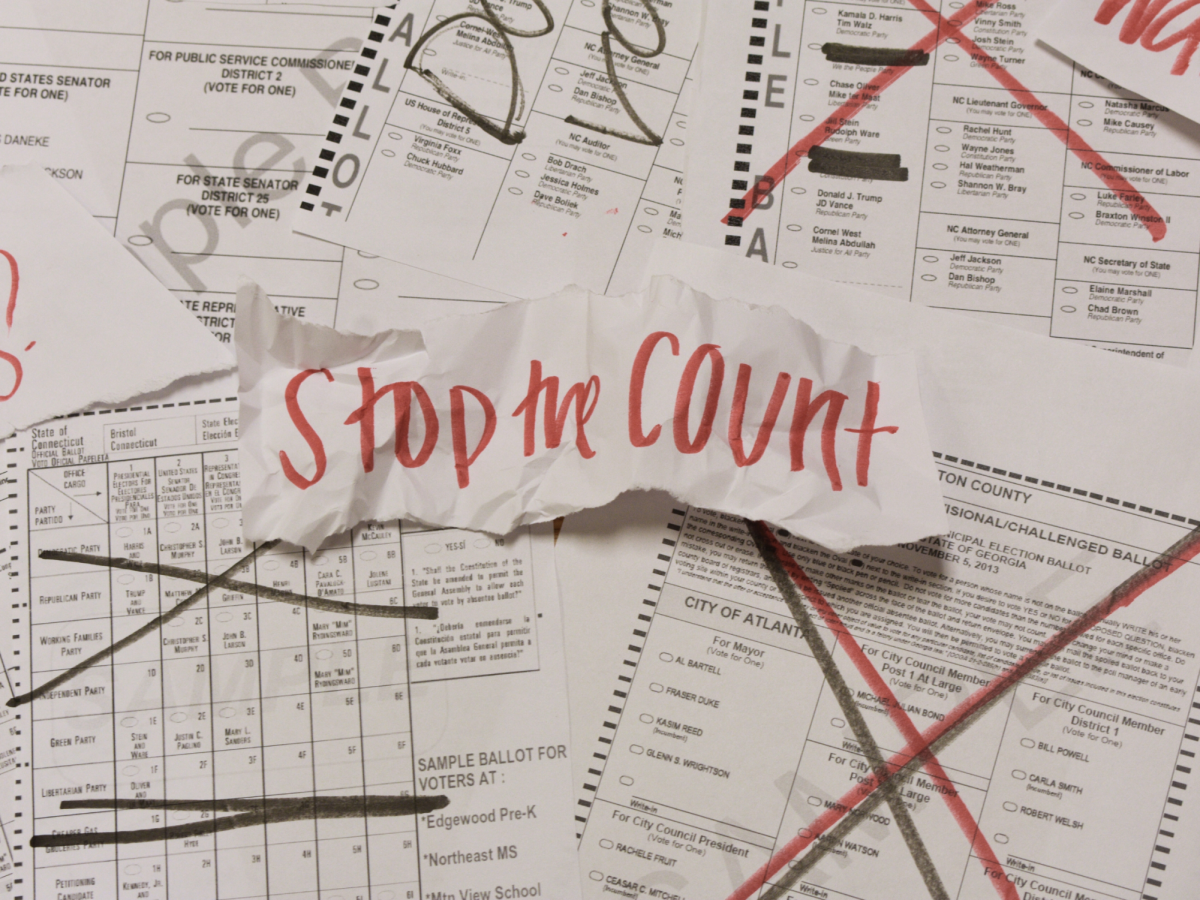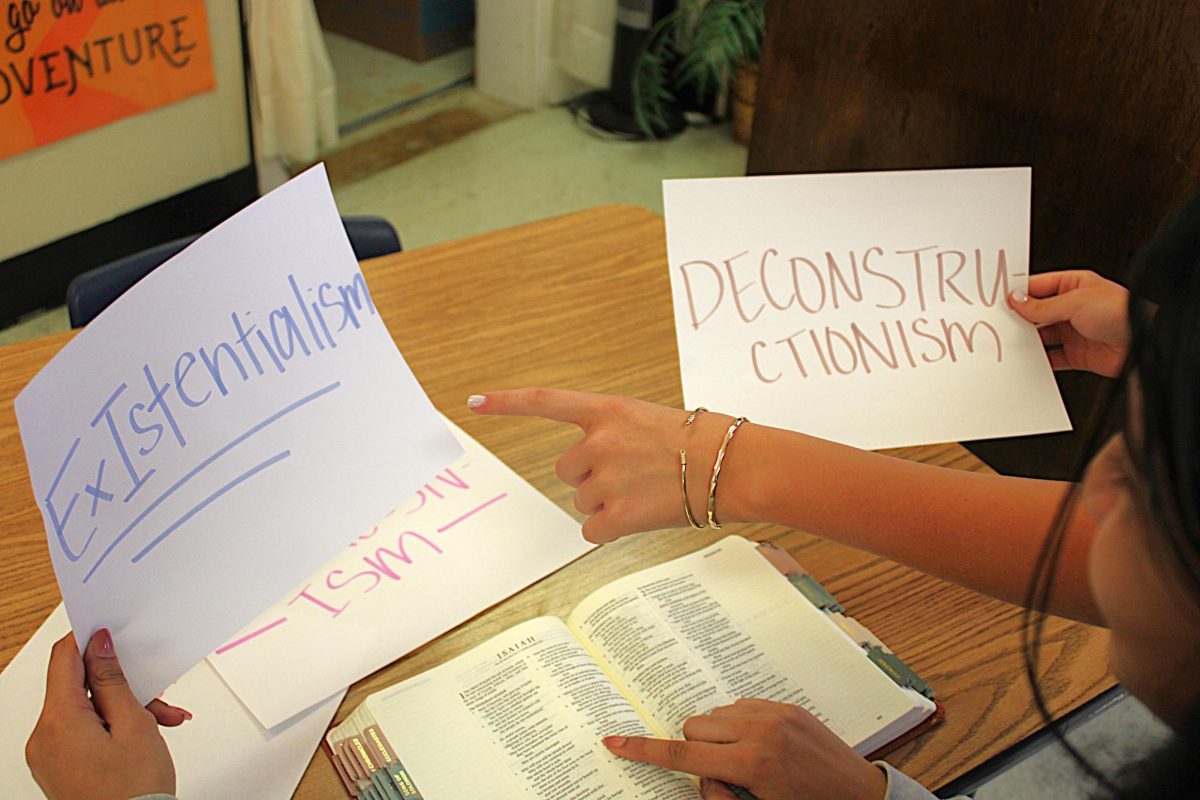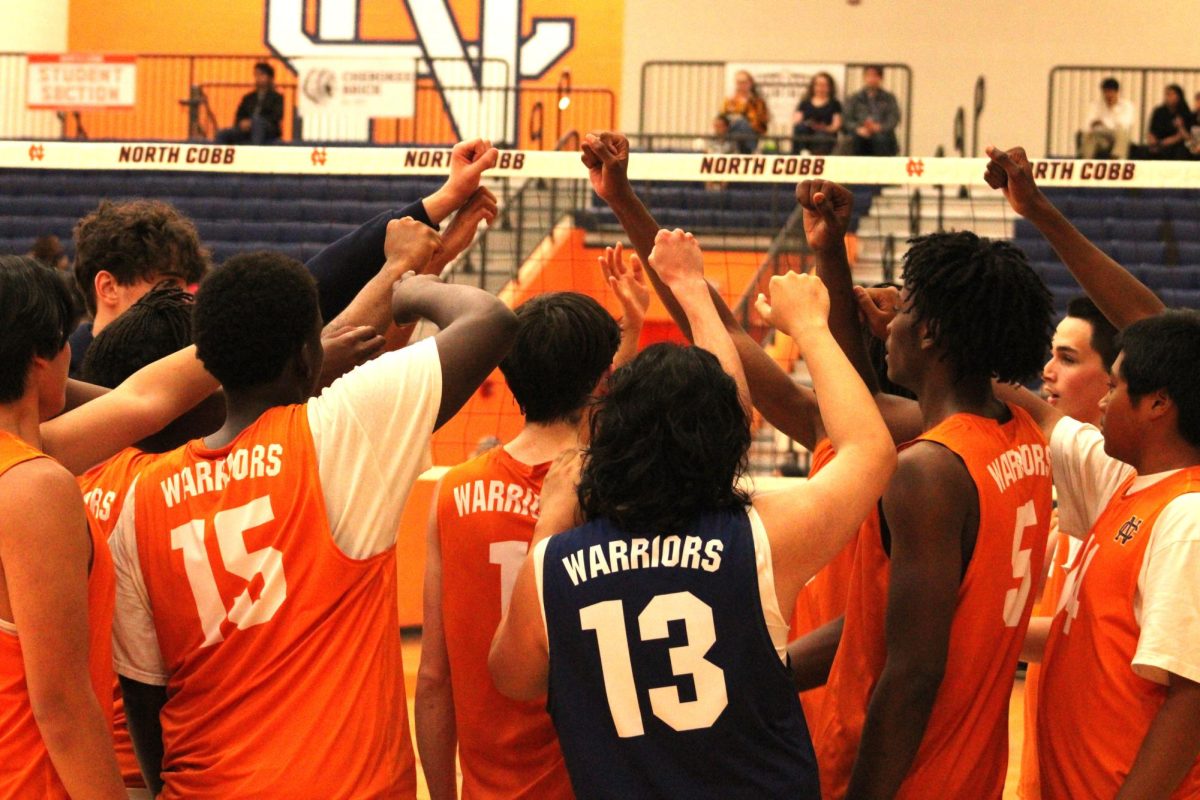Since the bombings of Hiroshima and Nagasaki in 1945, the U.S. and other countries have attempted to decrease their weapon use within the military and the country overall through a specific process. Disarmament, the process of reducing, limiting or eliminating weapons, serves as a mutual goal between various countries. The idea of nuclear weapons began during World War II when the first nuclear bomb was detonated during the Trinity Test. Even though scientists realized the dangers of this project, President Franklin Roosevelt approved the Manhattan Project that worked to develop an atomic bomb for the U.S., which was utilized in the Japan bombings. The effects of these atomic bombings continued in Japan for months and led to thousands of deaths, as well as severe radiation contamination. Since this crisis, various countries have continued to work towards disarmament through cooperation and treaties.

Seeking to resolve the excessive use of violent weapons, various worldwide organizations joined together to help pave the way to disarmament. The United Nations (UN), the International Atomic Energy Agency (IAEA) and the Organization for the Prohibition of Chemical Weapons (OPCW) have supported disarmament attempts and continue to work towards the goal of limiting weaponry. These organizations promote efforts to reduce weapons and raise awareness about the dangers of weapons of mass destruction through various treaties and the monitorization of countries’ usage of weapons. In the U.S. specifically, government officials have worked to support treaties, dismantle weapons and participate in worldwide programs to reduce weapon use.
The Treaty of Non-Proliferation of Nuclear Weapons (NPT), an international agreement that aims to prevent the spread of nuclear weapons, emerged during the
1970s and includes five countries: China, France, Russia, the UK and the U.S.. This treaty helped accomplish numerous goals, such as creating a safeguard system to monitor nuclear activities in countries and it promoted cooperation between nuclear and non-nuclear countries. Although positive actions resulted from this treaty, various countries and individuals show mixed opinions on its effectiveness. Critics believe that this effort did not achieve progress on the spread of nuclear weapons but rather showed a wake-up call, while defenders of the treaty argue that it helped establish a normality against the spread of nuclear weapons. During this time, debates eventually inspired other efforts to reduce weapons and led to an immense focus on disarmament on a global level.
During the Cold War, the Soviet Union and the U.S. realized the damage that nuclear weapons caused, which led to the creation of the Strategic Arms Limitation Talks (SALT). These talks included two rounds of solutions to try and resolve the excessive use of nuclear weapons. In SALT One, the first round of talks resulted in the Anti-Ballistic Missile Treaty, which limited the use of ballistic missiles, but the U.S. decided to withdraw from it in 2002 due to terrorist attacks. The second SALT effort resulted in the 1979 SALT Two Treaty that the U.S. Senate did not ratify due to the Soviet invasion of Afghanistan in 1979. The Strategic Arms Reduction Treaty (START), a series of agreements between the U.S. and Russia to reduce their nuclear weapons, also began due to the Cold War and holds similar ideas to the SALT agreements. Although the SALT agreements and START Treaty worked to settle nuclear weapon use, a substantial amount of treaties and efforts ended up removed due to a lack of effort from all parties involved.
“A few years ago, I taught current issues and I have also taught government since 1996 and I have been involved in Model United Nations (Model UN), and have learned a lot about nuclear power. Nuclear weapons and denuclearization have always been something that I closely follow, as well as international relations and foreign policy. When the Soviet Union broke up, their satellite states, who now became independent, had their old weapons and various countries around the world worked to try and get them to give up those weapons. Treaties are only as good as the people who sign them, so that does cast some doubt in my mind, but if everyone can stick to their efforts at disarmament, I believe there will be some positive outcomes,” Model UN sponsor and Advanced Placement (AP) Macroeconomics teacher Pamela Roach said.
After the Cold War conflicts and SALT agreements, other countries such as China, the UK and France began to develop nuclear weapons, leading individuals to worry about the safety of the world. Continuing into the 21st century, countries including India and Pakistan began to develop nuclear weapons as well, which further heightened global worries about nuclear destruction. This eventually led to the treaty on the Prohibition of Nuclear Weapons (TPNW). This UN treaty, signed in 2017 and enforced in 2021, worked as a legally binding agreement that banned the production and use of nuclear weapons. Although this treaty continues to work to achieve the complete elimination of nuclear weapons, advocates believe it has established a strong international norm against the use of nuclear weapons. Critics, including the North Atlantic Treaty Organization (NATO), believe this treaty will not succeed since major powers such as the U.S. and Russia, who need to participate in the treaty, have not joined. Though debates still interrupt the global attempts at handling nuclear weapons, the U.S. has attempted efforts of its own to fulfill disarmament.
Due to the damage of nuclear weapons in World War Two and the Cold War, the U.S. has worked to change the power of nuclear weapons on an international scope and particularly in the U.S. itself. The U.S. used various strategies to reduce nuclear power, including stockpile reduction, nonstrategic weapons reduction and even working to destroy chemical weapons. The U.S. stockpile reduction of nuclear weapons — the decrease in the amount of accumulated nuclear weapons — has reduced around 88% of weapons since 1967 and resulted in the U.S. altering their weapon use from 31,255 warheads to 3,748 as of 2023. This reduction physically decreases the amount of available weapons in the U.S., which helps to lower potential conflict revolving around nuclear weapons. The U.S. also worked to destroy its chemical weapon stockpile due to the Chemical Weapons Convention (CWC), as these weapons also cause harm by releasing toxic chemicals. The U.S. destroyed its last weapon July 2023 and now strives to assist other countries in reducing its chemical and nuclear weapons. Although this may lead other countries to remove their nuclear weapons, it could also pose a threat. The American government may not obtain the ability to maintain security and protect its citizens without weapons of their own if a country with nuclear weapons attacked the U.S.. These advantages and disadvantages of owning nuclear weapons lead to further debate on how to rid the world of nuclear weapons.
Nonstrategic Nuclear Weapons (NSNWs), nuclear weapons used by the military in battle, including in nuclear mines, artillery, tornadoes, gravity bombs and missiles, were designed to contain a lower explosive yield than strategic nuclear weapons. The U.S. works to remove nonstrategic weapons to assist in arms control, the process which regulates security relations between states, and to help avoid an arms race and or a nuclear war. The U.S. has removed and destroyed various NSNWs, leaving only around 140 in the country and stored in Europe NATO bases in Belgium, Germany, Italy and the Netherlands. The U.S. then uses the leftover nonstrategic weapons, including gravity bombs, for threats and wars.
“As we saw with the U.S. bombings of Hiroshima and Nagasaki at the end of World War II, the use of a nuclear weapon is absolutely devastating and should be avoided at all costs. Following the end of the Cold War, the global inventory of nuclear weapons was significantly reduced; however, in recent years, many nuclear-armed countries around the world have abandoned nuclear disarmament efforts, choosing to restart the process of nuclear weapons production. There are now more than 12,000 nuclear weapons in nine different countries- more than 90% of which belong to the U.S and Russia,” Program Coordinator at the Center for Arms Control and Non-Proliferation Emma Sandifer said.
The U.S. also realized the importance of educating young Americans in schools on the dangers of nuclear power. Schools use lesson plans, videos and museum visits like the Nuclear Weapons Instructional Museum (NWIM) to educate children on this matter, especially during talks of recent wars. Governments and schools also provide various programs for students to explore nuclear energy and weapons. Navigating Nuclear, a program for middle and high schoolers, helps students learn about the dangers and science behind nuclear weapons and ensures that students gain knowledge on nuclear powers to help prevent nuclear wars in the future. Other resources, including the Nuclear Threat Initiative (NTI), the United Nations (UN), Girl Security and various educational books, can assist teachers with lesson plans and activities for students to gain a deeper understanding of the history and damage of nuclear weapons as well as the goals of prohibition.
Although the U.S. and other countries created diverse help efforts, debates still continue on the effectiveness of these endeavors. Countries in the UN have contributed to help aid a pathway to disarmament through various treaties that spread awareness on the issue, but numerous of these treaties and help efforts end up abandoned. This leads to difficulty in prohibition as abandoning efforts commonly discourages countries to comply with future attempts at disarmament. Other debates include security concerns as some countries continue to use nuclear weapons and others have attempted to remove their weapons, which can result in an imbalance of power. Even though multiple countries have worked together to work towards disarmament, the attempts overall lacked success. Compared to other countries, the U.S. physically removed an abundance of their nuclear weapons and encouraged citizens to learn about the violence that results from nuclear weapons, but they fail to maintain security against other nuclear powers.
“I do feel that nuclear weapons are extremely destructive. They have a huge impact on not only our environment but our future as a whole and the safety of the people. Removing nuclear weapons through disarmament efforts is smart, but we also have to keep in mind that our neighboring countries do have these weapons because if we pull back and they keep continuing, then we’re weak,” senior Amirion Cummings said.

The U.S. can combat these issues by helping lesser developed countries and other nuclear powers to remove their weapons. Currently, even with the START treaty, the U.S. and Russia hold the two highest amounts of nuclear weapons and other countries follow closely, including China, France, India, the UK and Pakistan. The U.S., seen as a superpower in nuclear weapons, can encourage other countries to also limit their use of these weapons and eventually remove them once and for all.
As the START treaty expires February 5, 2026, new stresses about nuclear weapons emerge, but through a consistent group effort, countries all around the globe can succeed in disarmament. The U.S. government and U.S. citizens can work together in order to succeed in future change. U.S. citizens such as students at NC can find ways to stay aware of disarmament efforts, such as through treaties or they can petition and fight for their beliefs and concerns on nuclear weapons. Whether an adult or even an NC student, any individual who fights for changes in nuclear weapon use can help lead to significant changes in disarmament efforts.















